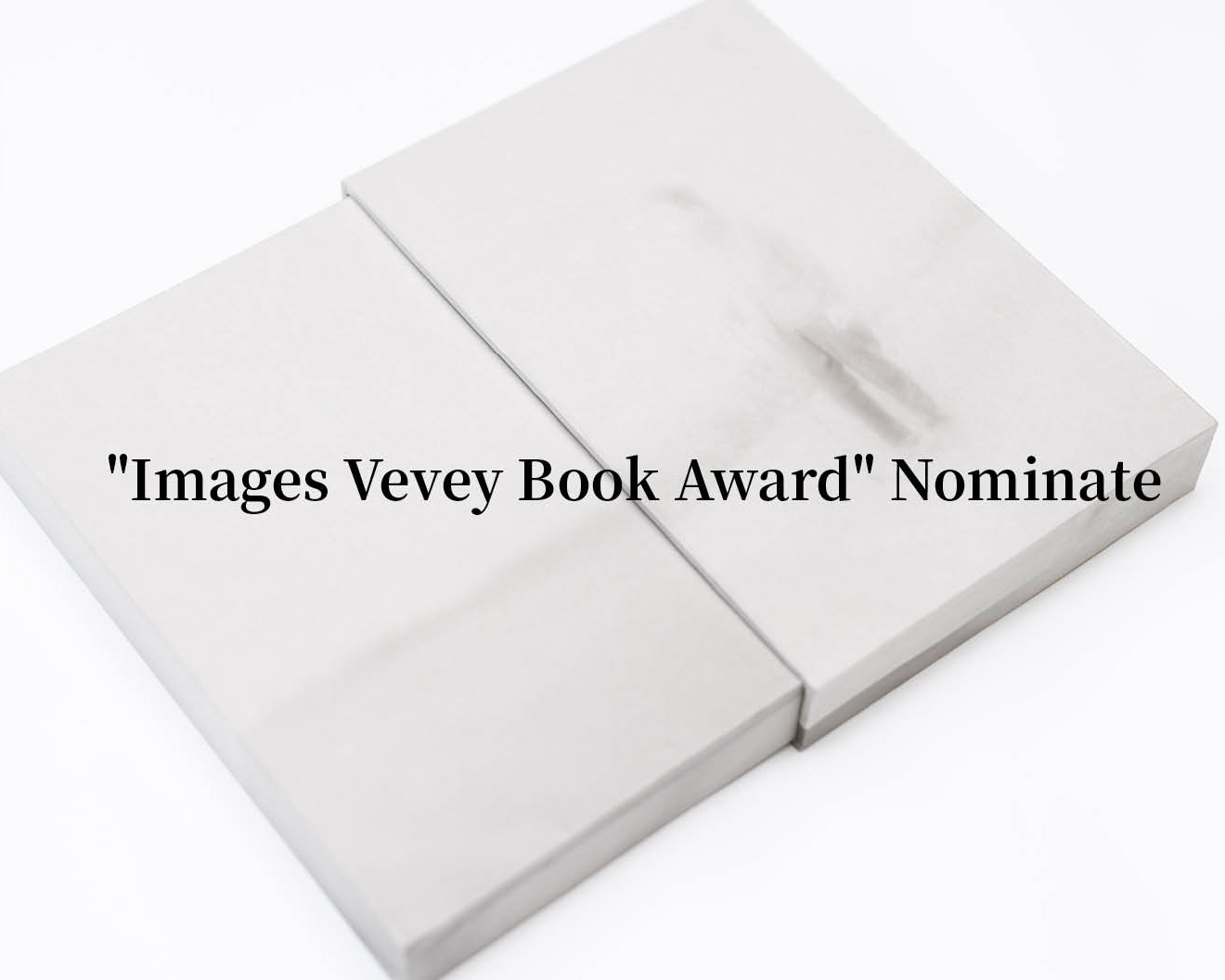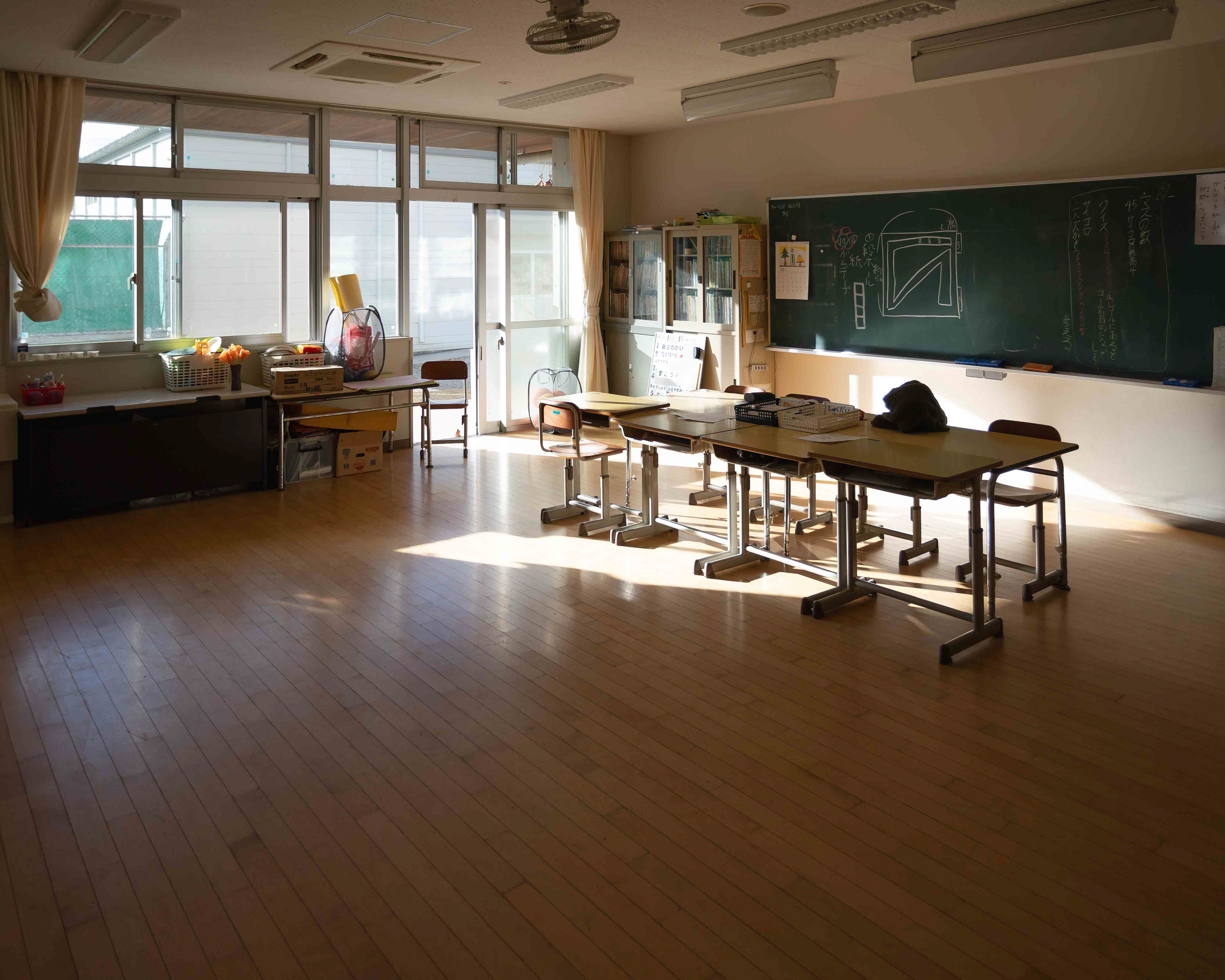The "Cheki Diary" exhibition will be held at Kyoto City University of Arts.
This is a series of photographs that Yoshida has been taking with his "Cheki" camera since 2009, taking a picture a day of his family's ordinary life.
It is a series.
The photographs are recorded in a sketchbook called "Gekkoso" with the date and a short comment.
It is a very private family album.
This time, we will hold an experimental exhibition of this photo diary as a research subject in collaboration with the Art Resource Center of Kyoto City University of Arts.
The exhibition will be limited to the general public, but if you are interested, please apply to see it.
The details are as follows.
This is a series of photographs that Yoshida has been taking with his "Cheki" camera since 2009, taking a picture a day of his family's ordinary life.
It is a series.
The photographs are recorded in a sketchbook called "Gekkoso" with the date and a short comment.
It is a very private family album.
This time, we will hold an experimental exhibition of this photo diary as a research subject in collaboration with the Art Resource Center of Kyoto City University of Arts.
The exhibition will be limited to the general public, but if you are interested, please apply to see it.
The details are as follows.
Akihito Yoshida "INSTAX Diary”
The Research Center for Art Resources, in collaboration with Matsumoto Kobo Co., Ltd. will host "INSTAX Diary," an experiment in dialogue and exhibition by photographer Akihito Yoshida.
Akihito Yoshida was born in 1980. He is a photographer living in Kyoto, whose works have been exhibited and published both in Japan and abroad, and have received high acclaim.
This workshop will focus on the vast amount of family photographs that Yoshida has taken since before his debut as a photographer. The photos are stored in the same Gekkoso sketchbook. One month's worth of albums has now grown to more than a hundred, and this activity continues to this day.
Mr. Yoshida says that he never intended to publish or show the album to others because it was originally a family photo. It was a gift for the children who would eventually grow up, and it was meant to be private. However, as you look at the photographs documenting 12 years of everyday family life, they gradually take on a kind of universality. For some reason, the family photographs of others, which are records embedded in a very private and personal context, somehow come to appear as the most precious and cherished of all.
There are two main things I would like to think about in this workshop. The first is the unique appeal of this record/work. It is said that photography is a way of conveying "what once was. The "INSTAX diary," which is a series of "take a picture of someone and look at it later," seems to me to condense in a simple form the essence of photography as a memory device to remember the scene that is right in front of us now. By thinking about the "INSTAX Diary," I believe we can gain many insights about photography with digital cameras, about the relationship between the memory of others and the individual, and about the relationship between the act of "recalling memory" and the media for archiving records.
Secondly, I would like to talk about how to make this record/work widely available to the public. The "INSTAX Diary" consists of more than a hundred albums of photographs, each with its own "character". Therefore, the act of looking at the many printed photos while flipping through the albums is the only way to appreciate them.
This, however, means that it is extremely difficult to create an exhibition form that many people can directly touch and feel. So, what kind of exhibition or viewing format is appropriate for "INSTAX Diaries"? Also, if we were to publish the "INSTAX Diary" in the future, it might be possible to convey the quality of this work by making it into a photo book of several thousand pages, but in reality, that would be extremely difficult. So, in what form can the "INSTAX Diary" become a "book" that retains its charm? This question will be connected to the questions of what is an "original print" and what is a "photo book", and again to the question of "archiving media".
This workshop will consist of two parts, an exhibition and a discussion. First, for six days from August 24, in the gallery space next to the Research Center for Art Resources, we will not only exhibit all of the original albums, but also experiment with reproductions, enlarged prints, video projections, and expanded displays. At the end of the exhibition, a workshop will be held with Hisaki Matsumoto, a graphic designer and publisher who designed the book for Yoshida's photography collection, THE ABSENCE OF TWO (2019), and who has been focusing on the "INSTAX Diary" for some time. We will have a dialogue about the meaning of this work and how to exhibit and publish it.
We hope you will join us.
Akihito Yoshida
Born in Miyazaki Prefecture in 1980. Lives and works in Kyoto City. After graduating from the Faculty of Education at Shiga University, worked as a Japanese language teacher in Thailand for one year. After returning to Japan, he worked as an elementary school teacher for six years before retiring.
Began working as a photographer in 2010. While working mainly for advertisements and magazines, he has created works on the themes of "working people" and "life and death," which have been highly acclaimed both in Japan and abroad. In 2021, he published a book about his 10 years of activities as a photographer, "Shanimuni Shashinka" (Aki Shobo). He has received numerous awards, including the Grand Prize at the Konica Minolta Photopremio 2014, the Nikkei National Geographic Photography Award 2015, and the Grand Prize in the People category. Hisaki Matsumoto's "Falling Leaves," which was shown as the main program of KYOTOGRAPHIE 2017 and documented the daily life of his grandmother and cousin, was picked up by various media in Japan and abroad and caused a great sensation.
Hisaki Matsumoto
Hisaki Matsumoto is a graphic designer/publisher/representative of Matsumoto Kobo, and has been active in graphic design, typography, and publishing since 2007. Hisaki Matsumoto has been active in graphic design, typesetting, and publishing since 2007, and has worked with many organizations and institutions in the cultural and artistic fields, including design work for exhibitions and events at arts-related facilities, publicity design for performing arts such as theater, classical performing arts, and dance, production of publicity materials and publications for universities, research institutes, and cultural facilities, and publishing and binding in the fields of humanities, arts, and fine arts. He is also involved in publishing and bookbinding in the fields of humanities, arts, and fine arts. In 2021, he won the Minister of Economy, Trade and Industry Award and the Jury's Encouragement Award at the 54th Bookbinding Competition (sponsored by the Japan Book Publishers Association and the Japan Federation of Printing Industries). In 2021, he was awarded both the Minister of Economy, Trade and Industry Award and the Jury's Encouragement Award in the 54th Bookbinding Competition (sponsored by the Japan Book Publishers Association and the Japan Federation of Printing Industries).
The 35th Archive Research Group: Ryohito Yoshida "Cheki Diary
Exhibition Dates: Tuesday, August 24 - Sunday, August 29, 2021
Workshop Schedule: Saturday, August 28, 2:00 p.m.
Venue: Kyoto City University of Arts Small Gallery (exhibition) and Art Resource Research Center (workshop)
Organizers: Art Resource Research Center, Kyoto City University of Arts, Matsumoto Studio Co.
Application→http://www.kcua.ac.jp/arc/information/93/










